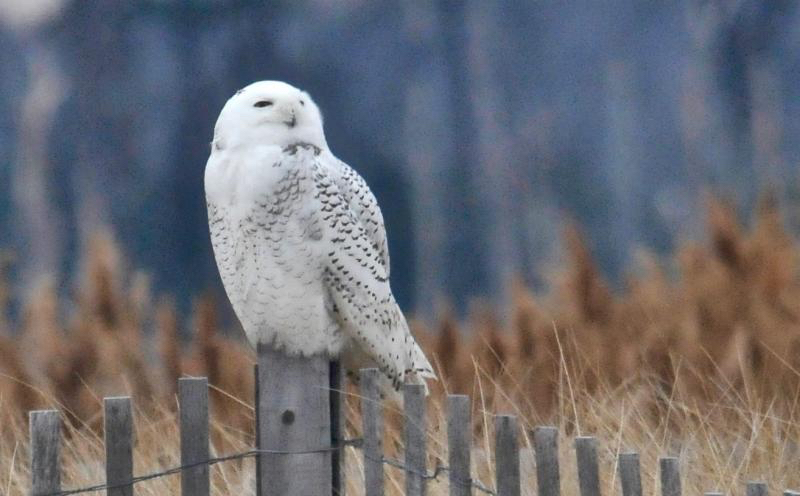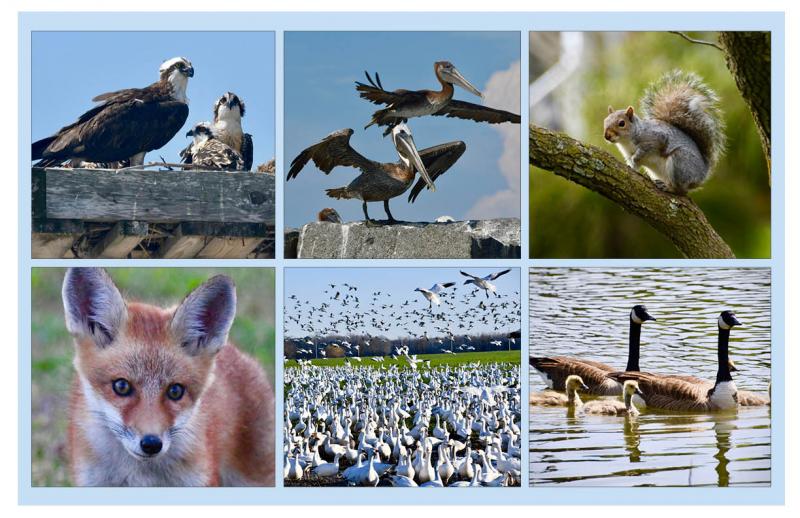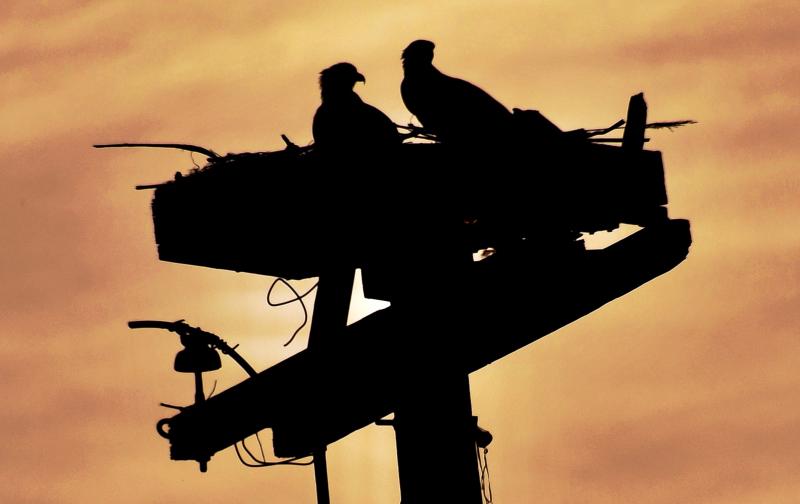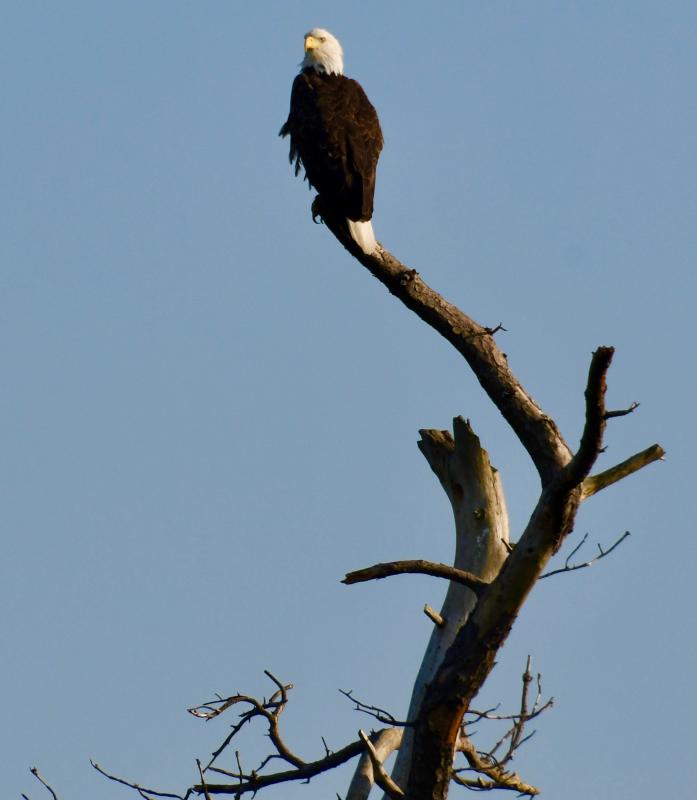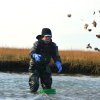On quests to capture photos of our wildlife visitors
I never take our Sussex County wildlife for granted. Although I'm not in the same league as some of the great wildlife photographers in the county, I do try to track down an occasional deer or fox. I'm not one of those who can wake up at dawn and sit and wait for hours on end for something to happen. Besides the animals and birds already here, we have some great wildlife visitors throughout the year.
The snowy owl quest
However, there was a period of time when I was on a mission to capture photos of the elusive snowy owls that visited eastern Sussex off and on between 2012 and 2017. I can't tell you how many miles my wife and I drove around on a whim when someone said they saw a snowy owl.
My quest was ignited in 2013, when snowy owls were spotted all along the Delaware Bay coast. I didn't see one that year, but it wasn't for lack of trying.
The first one I photographed was by complete accident. I saw the little guy sitting on a dune not far off Route 1 near the Lifesaving Station near Indian River Inlet in early January 2014.
In December 2017, someone posted on Facebook that they saw an owl in the dunes of Fowler Beach in Prime Hook National Wildlife Refuge. So, I did what I said I don't do and drove up there before the sun came up. Although it was a 50-minute walk, it wasn't hard to find the location because several other photographers were already set up on the beach with their tripods and long lenses waiting for the owl to grace them with his presence.
As the sun came up, the sky was on fire with reds and yellows. It had to be one of the most spectacular sunrises I have ever seen in my life.
While my attention was on watching and photographing the sunrise over Delaware Bay, the darn owl perched himself on a dune fence for all the world to see. The area was renamed “Owler Beach.”
Click, click, whir, whir went the cameras focused on the owl. I took my share of photos as well.
What a morning that was – a real photography twofer.
That year was a real bonanza for snowy owl sightings. Environmental officials said at least 20 owls were spotted in December and into January 2018.
It's unusual for snowy owls to migrate this far south, but they have been spotted off and on over the last decade.
I haven't been able to see one the past few years. Maybe they were under quarantine in their Arctic homes because of the pandemic.
But I'm optimistic one or two will venture south this winter, and once again, the snowy owl quest will begin.
Snow geese, osprey, eagles
Another quest I take each winter is to photograph snow geese. The Cape Region is on migration routes for many bird species, including snow geese that repeat a ritual of nights on the waters along the coast and days in farm fields feeding.
I keep my eyes to the sky looking for the geese as I travel Sussex backroads. How many show up each winter is always a subject of conversation.
It's the same with osprey that arrive each spring in the Cape Region. I know where the best spots are and frequent them a lot as they build their nests and then raise their young each year. There is no doubt that the osprey population has rebounded.
I think the ultimate find is a bald eagle. The majestic birds are around this area, but not always easy to find. Photographer Ken Arni, who spends a lot of time in nature photographing animals, has some amazing eagle photos in his portfolio.
Canada geese do migrate, but more and more are becoming resident geese who stay in the county all year. Each year, I keep an eye out when goslings hatch and try to sneak up on them for photos.
Wild turkeys, which have been reintroduced in the county, are another prize for photographers. Any turkey photos I have taken over the past few years were purely by accident.
Seals and pelicans
For whatever reason (some would say climate change), animals not normally associated with Sussex County have been showing up over the past few years. At the top of that list are seals and pelicans that take up residence along the breakwaters off Cape Henlopen State Park. Some people have even been lucky enough to spot a whale or two.
Development and wildlife
People complain that the rapid pace of development is forcing out wildlife native to the woods in eastern Sussex County. It's true that you see deer, foxes and other wildlife in places you don't normally see them as woods are disappearing.
I can't tell you how many times I've heard people testifying during public hearings asking what happens to wildlife in their area when forests are cut down for housing projects.
But don't give up on our wildlife. They find a way to survive and adapt to most of what humans throw at them. However, there is a tipping point when loss of habitat is too much to overcome. At that point, we all suffer.














